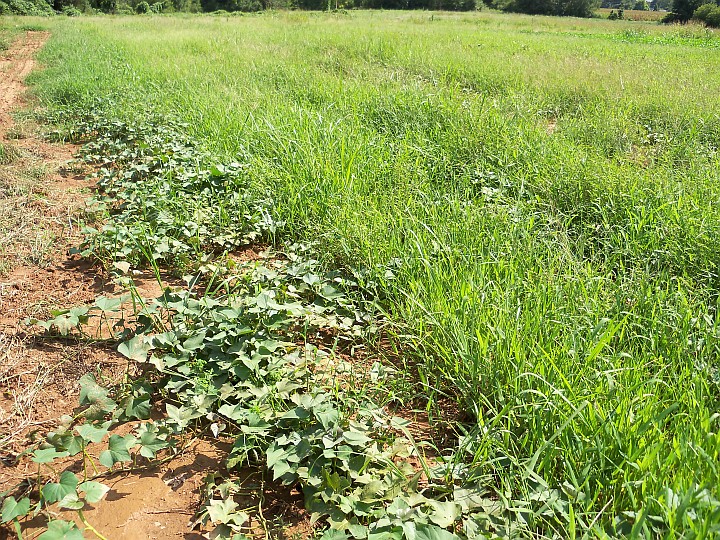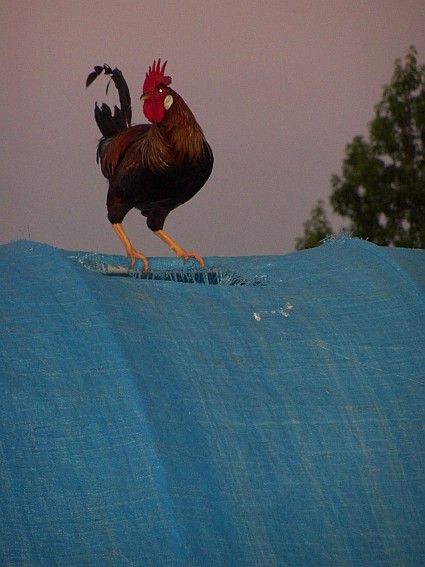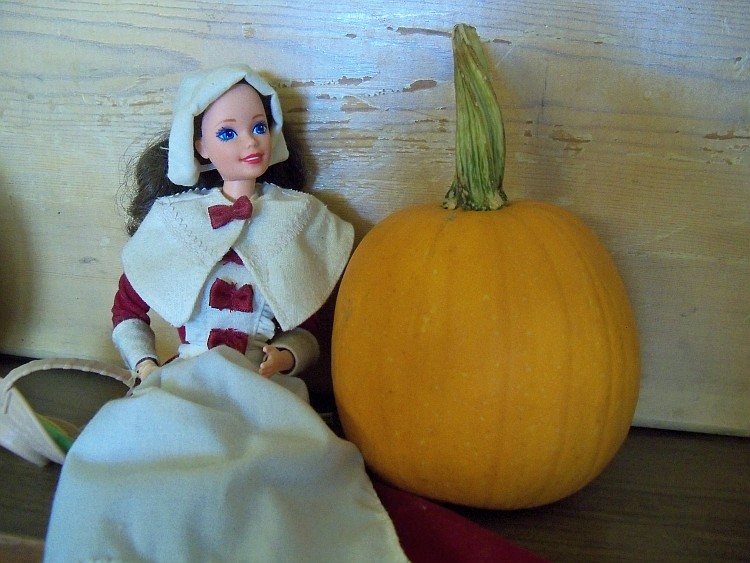Tuesday I was hand weeding when Randy stopped at the end of the row I was working on. “What’s that?” he asked. “What’s what?” I answered irritably, already knowing the answer to my question. He indicated the row I was weeding. “Sweet potatoes,” I spat.
Randy knows what a sweet potato vine looks like. But looking out over our five 100 foot rows of sweet potatoes, you can’t actually see the vines. They are obscured by a healthy stand of knee high grass. Ditto the peanuts. The weeds in some places on the farm are so bad that I’ve had to mow down pathways with the weed-eater before we can get in there to actually weed the beds.
While wading through grass and sweet potatoes, I was reminded of the times I suggested sweet potatoes as a good summer cover crop when I worked with GrowMemphis. Vigorous growth shades out weeds! I am eating those words. Don’t get me wrong, I still think sweet potatoes are an excellent cover crop, especially if you need something to babysit the garden in the summer when it’s too hot to be any fun. It’s just that low-maintenance is not no-maintenance and the weeds have jumped up after all the rain we’ve had in the past two weeks.
A couple weeks ago I was talking with another farmer who said that his farm motto was something along the lines of, “you can’t get nothin’” — a phrase said in jest whenever the farm throws a curveball. I think our motto might be “too little, too late”. Will all our belated tomato TLC give us a longer harvest? Will weeding the peanuts and sweet potatoes at this stage in their life cycle increase yield? Nothing is less motivating than not knowing whether the work you are doing is going to amount to anything.
Brandon Pugh at Delta Sol Farm would remind me that this is Phase 1-A. So what if the farm is completely and totally engulfed in weeds? That’s what happens in July when you are in Phase 1-A. At least it gives us some place to go from here.





